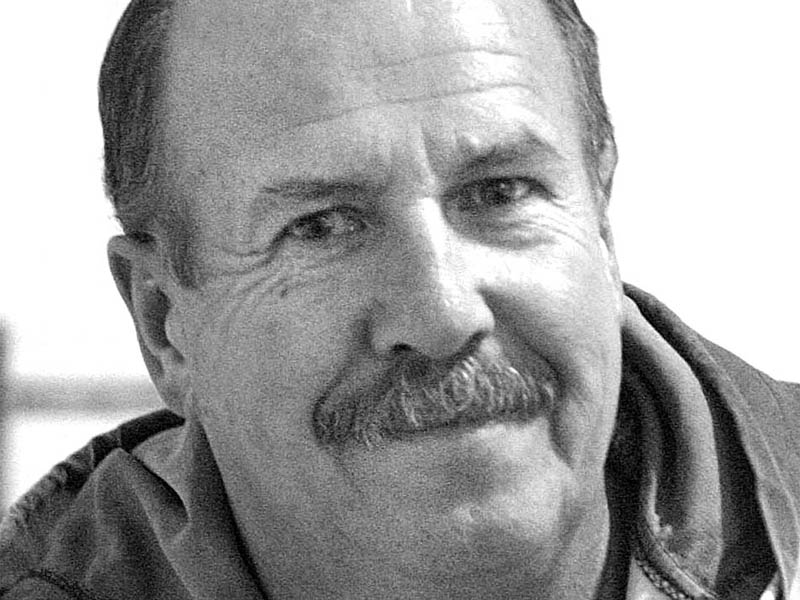Columnists
The times they are a-changin’

t Toronto Maple Leafs’ coach Mike Babcock thinks that the nets used in the NHL are too small. You really can’t blame him for thinking that way. As of Monday morning, his team had scored 29 goals in their 14 games. Only two teams have scored fewer goals.
Toronto Maple Leafs’ coach Mike Babcock thinks that the nets used in the NHL are too small. You really can’t blame him for thinking that way. As of Monday morning, his team had scored 29 goals in their 14 games. Only two teams have scored fewer goals.
The concept was discussed at length by several of the talking heads that fill the airwaves with hockey talk. There are far fewer goals scored nowadays, as opposed to the heydays of scoring when Wayne and the Oilers lit it up night after night.
The pundits were trying to figure out why there are fewer goals. I agree that goalies are larger. They are taller, likely by an average of six inches.Very few of the top goaltenders from the fifties and sixties stood over six feet. There are several current NHL netminders standing six inches better than six feet.
Then there is this equipment notion. Certainly the pads are wider. Much wider in fact, keeping more pucks out of the net. Goalies are much better protected in their chest and arm area as well. Some ’tenders have been known to wear oversized shirts to help cradle rebounds. The masks they wear today are far superior to those worn 20 years ago. Prior to the injury to Jacques Plante, masks were not even contemplated.
Goaltenders today are better coached. Every NHL team has at least one goalie coach. They spend time with their subjects before and after the games. They go over tendencies of shooters on the opposing teams. They advise the ’tenders on positioning, and on strategies to cover shots that go behind the net. Goalies race behind the net to stop pucks, and they leave them for defencemen, or shoot them to open players. Back in the day, goalies never left the crease.
There are scouts and management personnel in press boxes who record every shot taken in a game. This information is used to prepare the type of defence that might be used against a particular opponent. The game has become very technical, from a strategy standpoint.
I believe that the number of goals scored each game is limited because of the number of shots blocked. Only a few players from Original Six days had the nerve to block shots: Bob Goldham, Bill Gadsby, Doug Harvey, Tim Horton, Allan Stanley. These are the names that come to mind as I visualize the game from 60 years ago. They were fearless, dropping to their knees in front of shooters. Very few players wore helmets. Most players, particularly goaltenders, were well-scarred from puck wounds.
Fast forward to today’s game. Every player on the ice will block shots whenever they can. They will sacrifice their bodies to keep pucks from the net. Mind you, players’ equipment is far superior today. Granted, a 100 mile-an-hour shot will wake you up, but you know that your job is on the line if you do not block shots for your team.
Defencemen clear the front of the net better today than ever. All players are larger and stronger, better prepared for the hockey wars.
During the 1950s, the Detroit Red Wings sometimes travelled by train. On one trip from Toronto to Montreal, they stopped in Napanee to play against the Intermediate Comets. After the game, Terry Sawchuck, the Hall of Fame star for the Wings, was asked about his performance. He remarked that he thought the nets were too wide. They were measured the next day, and were found to be almost two inches beyond the required six feet.
Four feet high, six feet wide. They have been that way for more than 100 years. No reason to change that, as I see it. That Ovechkin kid has found the back of the net 8 times so far this year. It can be done.

I was at the Detroit hockey game in Napanee and after the game Bruce McPherson entertained the Red Wings at his home. I was a good friend of Jack and spent the night in their home and met most of the Red Wings.